The Nazi Beast That Annihilated The Allies
Tiger I
The indestructible Nazi monster that causes terror to allied tanks


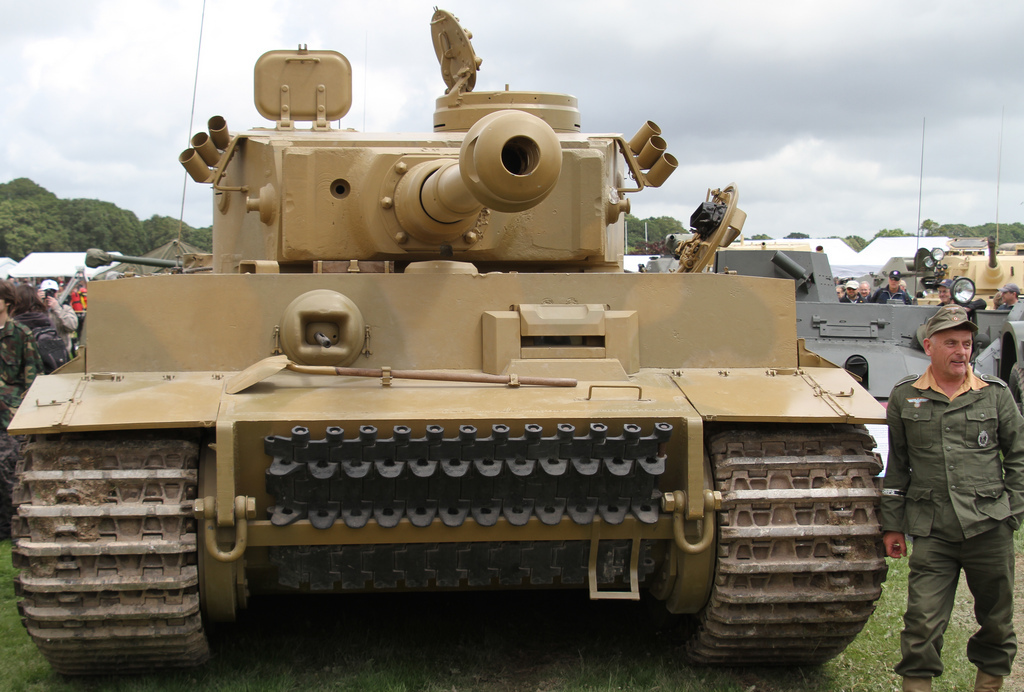
A 57-ton mastodon that was capable of destroying the fragile allied battle tanks at a distance of (depending on the sources) up to 3,000 meters. A beast that caused terror in the allies and that many historians define today as the best (and most lethal) tank of the Second World War. The "Panzerkampfwagen VI Ausf E" (technical name for the famous "Tiger I" or "Panzer VI") was the most famous armored of Hitler's forces. And no wonder, because characters like the popular commander of armored units Otto Carius came to define it in his memoirs ("Tigers in the mud") as "the best of all I met in the war."
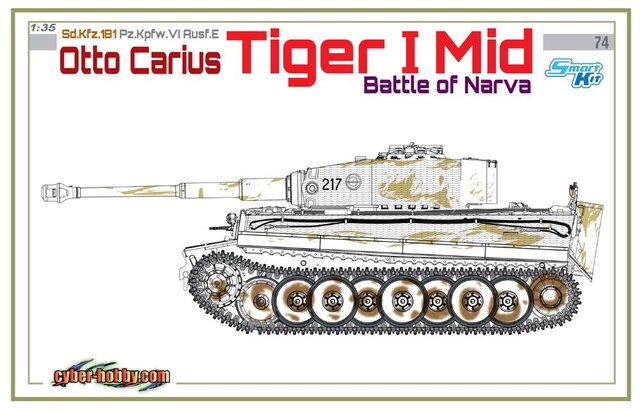
In principle the numbers support this claim. After all, the "Panzer VI" had a shield of about 100 mm in its front part that made it almost invulnerable to the guns of the most common enemy battle tanks (mainly, the Soviet "T-34" and the American "Shermans"). And the same thing happened with its imposing cannon, a KwK 36 L / 56 of 88 mm that, according to the "Tank museum" of the United Kingdom in its "Tiger I" dossier, could damage any of its contemporary enemies at "a distance". of about 2,000 meters ». "The 8.8cm gun was good enough to defeat any car, assuming it was right in the right place," Carius added.

However, for authors such as the renowned James Holland (historian, writer, collaborator of such outstanding programs as «Nazi mega-structures» and author, this last year, of «The rise of Germany») the «Tiger I» not only treasured goodness, but also many failures that made it a mass difficult to transport and repair. This is revealed in statements to ABC: "The" Tigers "were a waste of time.
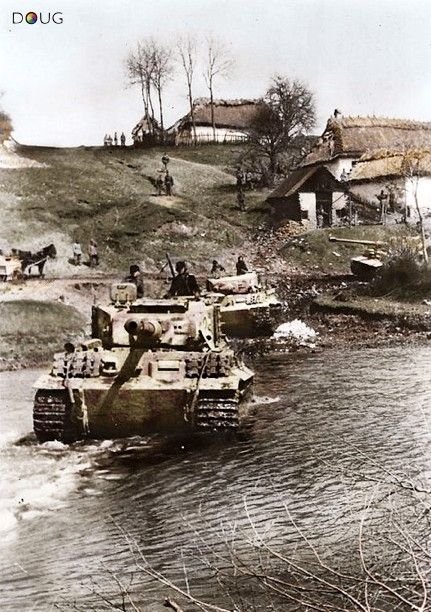
They were a great weapon, yes, but only when they worked and when there was fuel to feed them. Something difficult in both cases ». To make matters worse, and always in the words of this expert, the armored was extremely difficult to repair due to the lack of spare parts and used to treasure a multitude of failures in the gearbox.
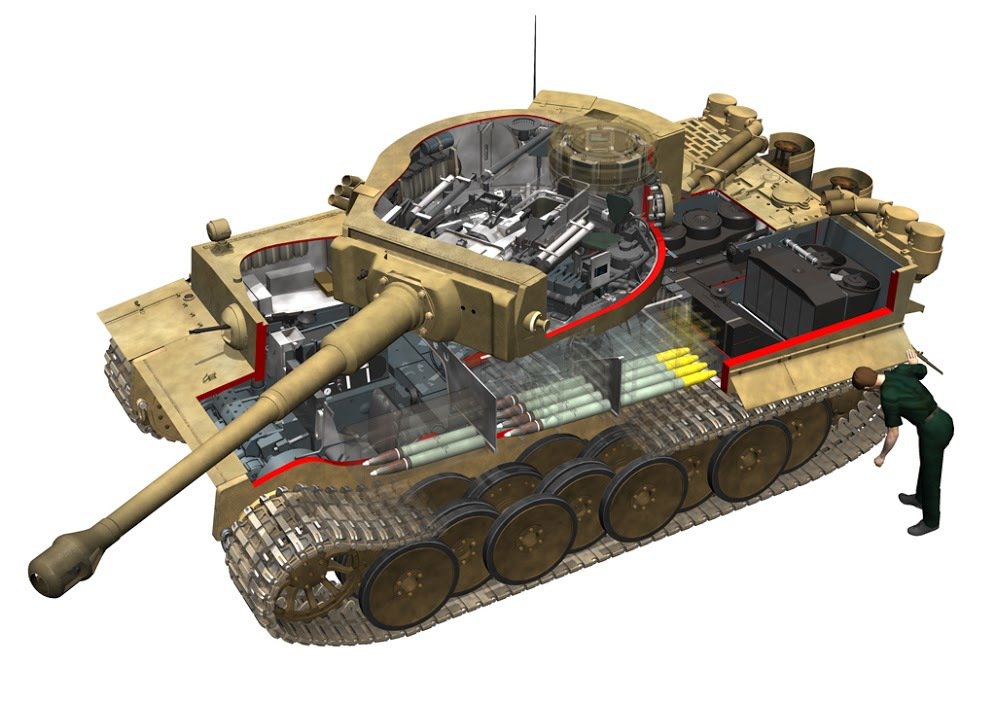
Unbeatable
However, Carius soon noted its advantages. To begin with, and according to the car commander, despite adding 57 tons, he was able to move relatively quickly. "With two fingers, literally, we could start up 700 horsepower, move 60 tons and drive at 45 kilometers per hour on the road, or 20 cross country," he reveals in his memoirs.
At the same time, the barrel was extremely precise thanks to the turret rotating through a hydraulic gearbox. "The gunner's feet rested on a tilting platform: if he pressed with the tip of his foot forward, the turret turned to the right; if he pressed with the sole of the foot backwards, he turned to the left. Thus, the experienced gunner did not need to make manual adjustments later, "says Carius.
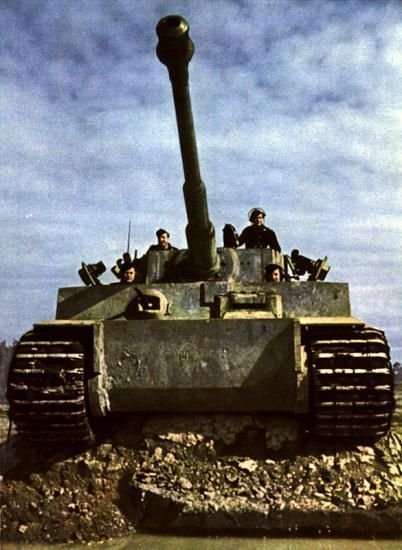
Another of the great advantages offered by the "Tiger I" was that, despite not having an oblique armor, this had a thickness thick enough to stop the projectiles of most enemy tanks. As historians Tom Jentz and Hilary Doyle explain in their book "The Terrible Tiger I," the 100 mm that covered the front of the armor and the 60 mm of the sides made it almost invulnerable to the majority of anti-arc guns of 76 Soviet mm and American 75 mm.
According to the penetration tables studied by the Germans, in practice a "Sherman A2" (one of the most common versions) could only cause damage to the front of the Nazi giants if it was literally "0 meters".
Lethal
the combats were not as we see them today in the movies, but the vehicles were sighted at distances of at least a mile and a half before they could even react. And that gave a clear advantage to the Nazis, who could fire repeatedly until the weak (but faster) enemy tanks managed to get close enough to them. And is that, much as films like "Hearts of steel" try to make us see that the struggles were happening in a stretch of land laughable, the reality was very different.
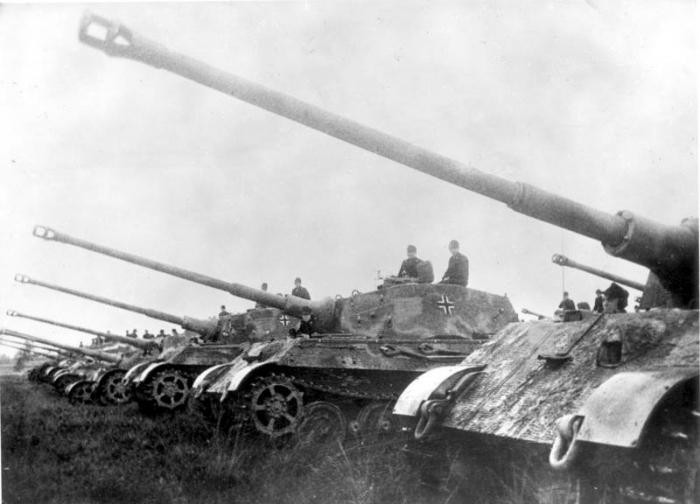
The historian Bryan Perrett confirms in his book "Tank Warfare" that the "Tiger I" could destroy the "Sherman" at a distance of up to 3,000 meters (although with some luck, of course). The authors of "The fearsome Tiger I", meanwhile, are in favor of the "Panzer VI" could destroy the armor of most of the "Sherman" allies at a distance of between 2,100 or 3,500 meters depending on whether they were impacted from the front, or the flanks and the rear. With the British ("Cromwell" and "Churchill") the figures were similar. And the same thing happened against the «T-34».
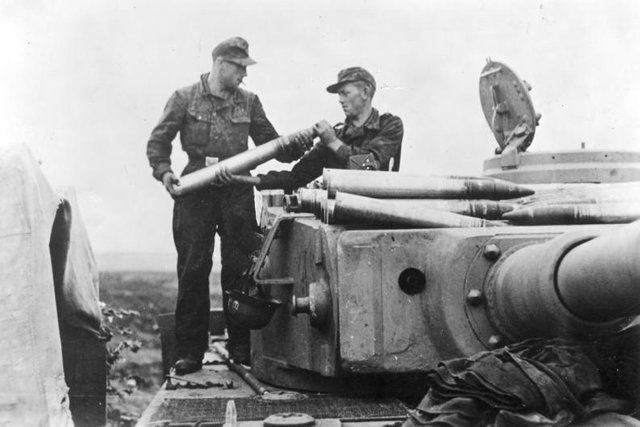
The failures, according to Carius and the Germans
Holland is not the only supporter that the "Tiger I", although lethal, suffered a multitude of problems at the mechanical level. One of the first failures of this armor was observed by Carius, and explained in this way in his memoirs: "The care of the batteries was of vital importance, especially in winter. We had to keep them constantly charged, which we did leaving the engine running when we did not run much. Otherwise, the starter did not start the main engine. If this happened, two members of the crew had to jump out of the car and run the engine with an inertial starting system, similar to the one used by the old planes, only that located in the rear part ».
Carius himself also made reference to the main failure of the "Tiger I" as soon as he saw them. The same one that Holland narrated to this newspaper just a few lines above. In the words of the ace of the German tanks, "it was necessary to change the field chains for narrower ones since the former protruded too much from the wagons and endangered the railway traffic in the opposite direction".
.jpg)
In fact, the Nazis were forced to build special wagons to transport these mastodons across Europe. And even then it was difficult to take them from one place to another. And it is that, its gigantic weight caused that it was extremely dangerous for the trains to cross the bridges. "In order not to endanger bridges in their path, at least four freight cars had to be interposed between two" Tiger "cars," the official added.
The reports prepared by the Germans after the first battles of the "Tiger I" in the USSR also confirm the mechanical problems they suffered.
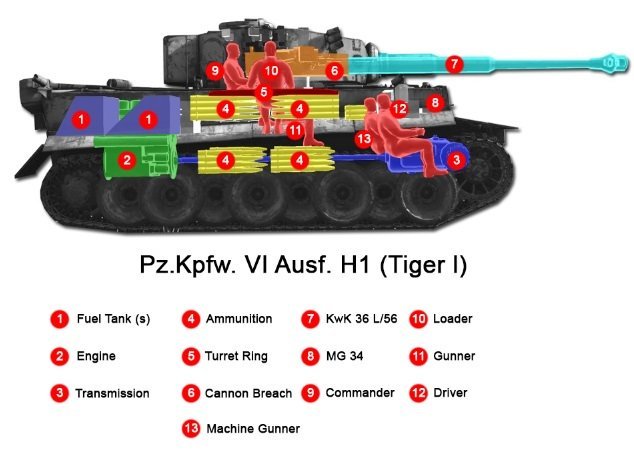
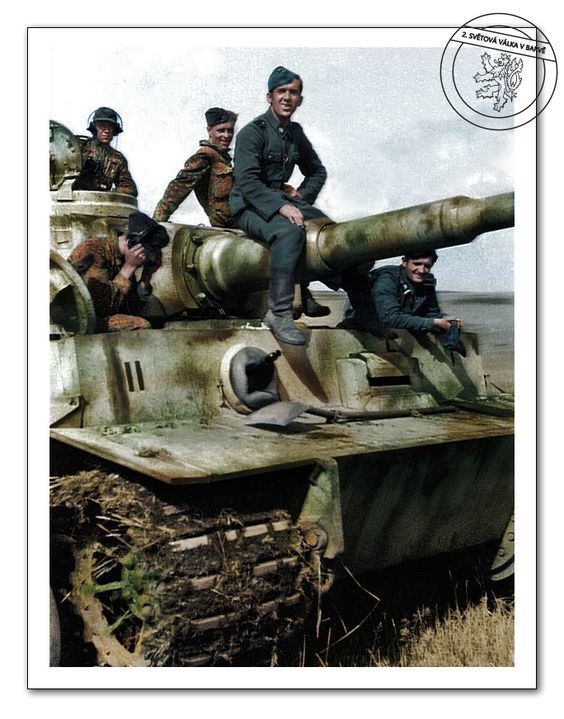
The heavy weight of this armor also caused the breakage of the usual towing equipment. "It is almost impossible to tow a Panzer VI through difficult terrain if three or four trailers are not used," the shop manager explained in a document drawn up after several combats on January 29. To make matters worse, any vehicle dedicated to this thankless task used to end up extremely damaged after pulling this giant.
Excelente post, me encantan los tanques de la época nazi, gran tecnología y su estructura es grandiosa.
Lastima que causo tanta destrucción para los seres humanos de la época.